The mobile tech community have descended in their compact droves on Barcelona this week for the 2017 Mobile World Congress, which appears to be expanded every year as the mobile market does likewise. This year, with smartphones reaching their peak of popularity, the MWC was in fine fettle, but it wasn't just new phones and tablets that set tongues wagging.
5G is on the horizon and Samsung is leading the way!

Perpetually faster mobile data speeds will eventually create a generational leap in everything from apps to self-driving cars and connectivity, with everyone vying to be at the centre of the 5G revolution. Samsung, as ever, are looking to be ahead of the curve, and used the MWC to announce the roll out of its commercial 5G network, profiling “the technologies that will power the launch of the world’s first connected 5G networks.” Samsung said it wants to be at “the forefront at delivering this next generation network,” which has gathered so much attention in recent years, and claimed that it was “uniquely positioned to lead in its broad ecosystem.” Referring to its presentation at the Consumer Electronics Show in Las Vegas earlier this year where it spoke of its desire to be what connects internet of things devices, Samsung said this network will do exactly that. The suit of proposed products includes a 5G radio base station and a compact home router that consumers can install themselves. The mobile brand confirmed that it would be conducting trials of the network in the UK earlier this week, but added that it would also be trialling the product in the US, Korea and Japan ahead of a full roll out by 2018.
“Think of hundreds of connected devices in the home, millions of smart sensors in cities – we are convinced that 5G is the next revolution and it all starts with the network” Tim Baxter, Samsung’s President and COO
Samsung also used the MWC to unveil the Galaxy Tab S3 tablet, which is basically Samsung’s Android take on the iPad Pro formula, bringing a quad-speaker set tuned by AKG audio, and even some pins on the back for attaching accessories. The Galaxy Tab S3 has a 9.7-inch SuperAMOLED display at a resolution of 2048×1536, a Qualcomm Snapdragon 820 system-on-a-chip inside, 4GB of RAM, 32GB of base storage with microSD card expansion. This all powers an OS based on Android 7.0 Nougat.
New-look Nokia 3310 mobile phone revealed
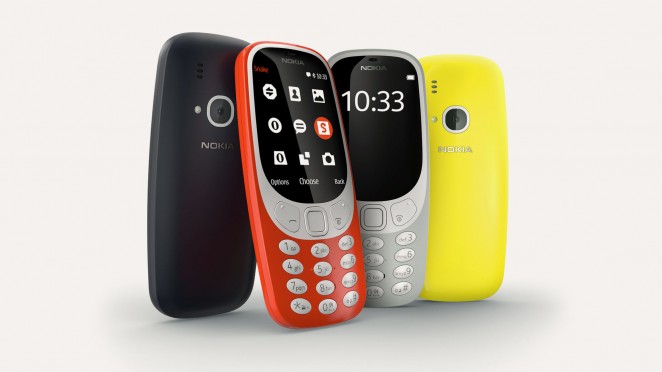
As I mentioned last month, Nokia will be bringing back its classic 3310 handset, the phone brand has confirmed, complete with its classic Snake game and a one-month-long battery life. HMD Global, the manufacturer of the new generation of Nokia phones, revealed the reimagined handset at Mobile World Congress (MWC) in Barcelona this week. The new phone comes in four colours (red, yellow, dark blue and grey) and includes a 22-hour talk-time, SMS texting, a new, colourful version of game Snake, and a month-long battery life. It retails a paltry £42 alongside a new generation of more 'standard' smartphones. The new design hopes to add a “modern twist” to the classic phone, according to HMD Global, with chief product officer Juho Sarvikas adding “we just couldn’t resist.” The 3310 first launched in 2000, and sold 126 million handsets worldwide, making it one of the most successful handsets of all time. It was discontinued in 2005. Nokia is also launching a new generation of smartphones, which will use the Android Nougat operating system.
The world's first driverless race car
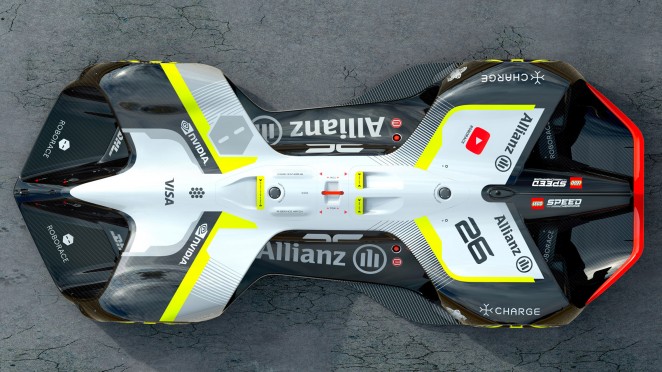
A driverless electric race car that could apparently “open up a new dimension” in motorsport has been revealed at this year's MWC. The autonomous Robocar, manufactured by Roborace, uses a number of technologies to literally drive itself. These include five lidars (like a radar, but using light from a laser), two conventional radars, 18 sensors and six cameras. Its sleek and stylised form was conceived by Daniel Simon, the automotive designer who has created vehicles for Hollywood science fiction blockbusters including Tron Legacy and Oblivion. Simon's predominantly carbon-fibre design weighs in at 975 kilograms and measures 4.8 metres long and two metres wide. It is powered by four motors and a single battery and is capable of speeds over 320 kilometres per hour.
“Roborace opens a new dimension where motorsport as we know it meets the unstoppable rise of artificial intelligence” Daniel Simon
Billed as the world's first car of its kind, the company describes the release of Robocar as an “advancement in driverless electric technology.” It provides an open-source platform for racing companies to develop their own driverless vehicles, with the ultimate goal being that all teams competing in Roborace will use the same Robocar software. According to the company, the vehicle will be used at a self-driving racing championship that will take place before the Formula E Mexico City ePrix later this season. Eventually, the company hopes its innovations would be applied to normal road cars, making “passenger and commercial vehicles safer.”
Sony launches Xperia Touch projector that turns any surface into a touchscreen
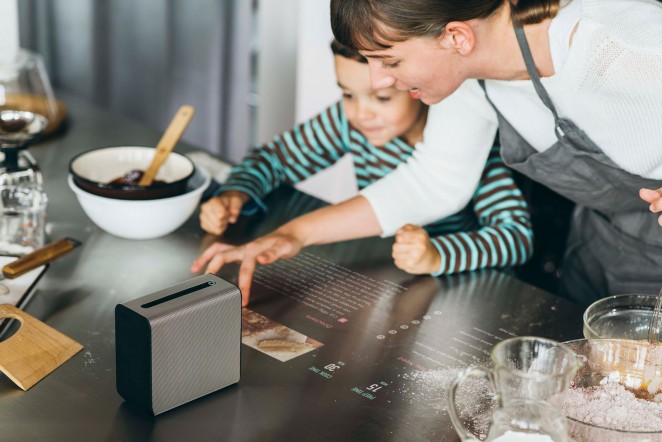
Floors, tables and walls can be transformed into iPad-like touch-screens using Sony's new projector, which launched at this week's MWC. The Xperia Touch is an interactive projector that Sony's innovation division, the Future Lab, first previewed as an experimental concept at SXSW last year. Now, Sony Mobile is gearing up to release the product to consumers from spring 2017. The projector turns any flat surface into a 23-inch high-definition touchscreen. It is able to detect movement corresponding to clicks and swipes, using a combination of infrared light and its built-in camera. Sony Mobile says the camera operates at 60 frames per second, and is positioning the Xperia Touch as a consumer device that can be used for gaming, education, online video streaming and communication. Unlike similar devices, such as the Microsoft HoloLens, the Xperia Touch only creates a two-dimensional image; however, it has the benefit of freeing users from headsets. Enclosed in a compact mesh box, the projector runs on the Android operating system, meaning it will also be compatible with the full range of Android apps and Google Play Store downloads.
Vice Media strikes 8 new partnerships with worldwide mobile providers
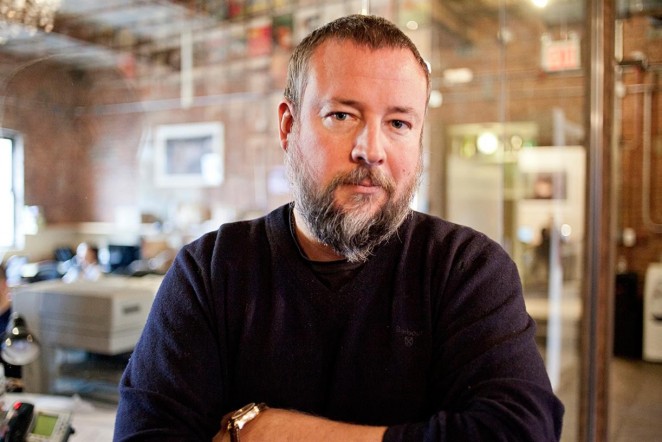
Vice Media co-founder and chief executive Shane Smith announced at MWC 2017 that it has struck eight partnerships with mobile providers worldwide including Vodafone, Verizon and AbemaTV that will quicken the brand’s bid to reach as many millennial viewers with its content. The media owner claimed the deals across Asia Pacific, the Middle East, the United States and Canada will help it woo between 200 million to 300 million new users. Partnerships will span original production, licensing, direct to consumer (DTC) offerings, Viceland programming and more depending on the partner. For example, Vice's deals with Asia Pacific territories such as Japan, Indonesia and Australia mean its original programming will be delivered to over 80 territories by the end of 2017. Furthermore, the publisher has penned a deal with DOCOMO Digital, a subset of DOCOMO Inc, Japan’s largest mobile network operator to launch subscription video-on-demand service, Vice+.
“It’s probably the most exciting time to be a content creator and it’s also the most exciting time to be a mobile carrier” Shane Smith
Content from both Vice and its partners will flow through the app, which will initially run in Japan but has the potential to extend to other markets where DOCOMO Digital operates, including Europe. Brands including telecoms provider XL Axiata, Malaysian subscription video-on-demand service iflix, and Vodafone will pay the media company to create original content for the Indonesian and Australian markets. Content licensing will also play a key role across the partnerships, with Vice extending deals with with AbemaTV and Verizon to push more video in Japan and North America. Vice already has existing channels on both AbemaTV and Verizon’s streaming app Go90. Asia is a key part of Vice’s moves to maintain momentum behind audience growth, particularly in those countries where mobile is the primary screen for young audiences.
Netflix hint at potential mobile-focused content in the future
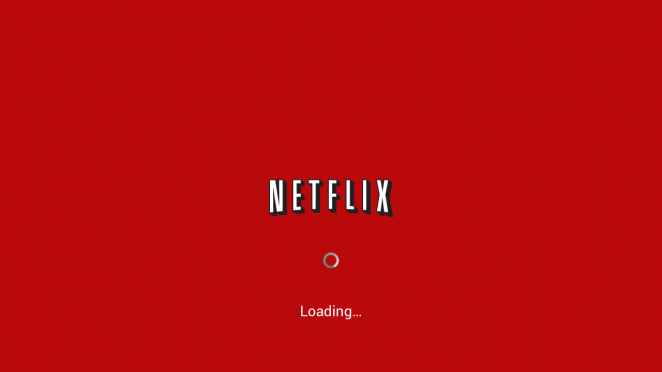
Netflix has hinted that it hasn’t ruled out creating ‘vertical’ content specifically designed for watching on a mobile screen, with the platform’s founder and CEO Reed Hastings revealing at MWC 2017 that it will look into it. Eventually. Snapchat really pushed content makers to consider the way they design for mobile, forcing brands and advertisers to think ‘vertical’ if they wanted people to watch their content on the small screen. Other platforms and publishers have followed suit, but streaming services like Netflix and Amazon have avoided it altogether. Hastings said, during his MWC keynote: “Some people are very classic in what they want, but I think screens today are just stunning and you can really see the depth (of the picture) right in front of you. And it’s portable. I would bet that (in the future) mobile TV is going to be (the main way to watch content). We want to be very flexible with so we can [put content] on any screen you have. We don’t design for mobile but there are people talking about that, with vertical video and things like that, and maybe we’ll look at it one day. We want to create stories that will work on any screen. The advances in screens we’re seeing on mobile are really supporting the innovation by Netflix and others on the video style.” So effectively, what he's saying is, not today, but maybe some day. Still, the business seemingly set itself up for that shift late last year when it served up a download option for people who want to watch movies and TV on the go. While this obviously won’t spell the end for people watching on TVs, tablets and laptops, Hastings appears to suggest that this will eventually mean that watching predominantly on mobile will become the norm, so he'd surely be mad not to at least consider mobile-focused content.
Just Eat aim to revolutionise the takeaway app

Just Eat is embracing new tech and startups to 'revolutionise 'how its consumers order their favourite takeaway grub. Speaking at MWC, the company's chief technology officer, Fernando Fenton, announced a full push into voice interfaces that could help consumers casually submit an order without having to navigate any menus. It’s all part of the company’s push to “reduce friction” he claimed, and it will sync up with smart home devices like Amazon Echo and Google Home among others. The feature will be rolled out to Just Eat users throughout the year and will complement its ongoing work in artificial intelligence, virtual and augmented reality, as well as continued work on its chat bot.
“The experience will be as natural as going into a restaurant and asking a person, what should I eat today? We are not far away from that reality” Fernando Fenton
Phones Phone Phones
LG G6

Probably the biggest new phone announcement to come out of the MWC (besides the Nokia 3310 of course) was probably the LG G6, the latest flagship smartphone from the Korean company. The G6 boasts a a 18:9 screen with rounded corners, which takes up a lot less real estate on the face of the device thanks to its much smaller bezels. The phone is also the first phone besides the Google Pixel to ship with the Google Assistant baked in. The G6 packs a Qualcomm Snapdragon 821 processor, 4GB of RAM, 32GB of storage with a microSD card expansion slot, a 32-bit Quad DAC, a rear fingerprint sensor (which is also the power button), and Android Nougat.
BlackBerry KeyOne
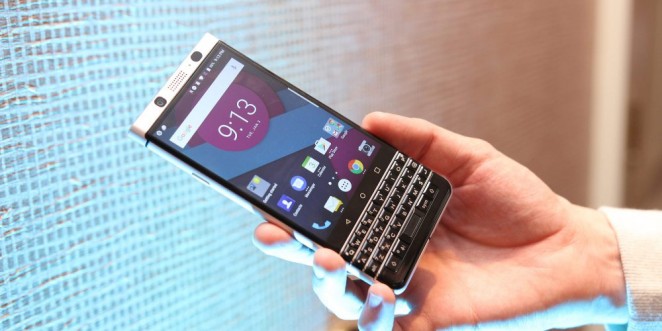
BlackBerry is back again. Sort of. This time, the once trailblazing phone manufacturer is pushing a device made by its new parent company, TCL (which also houses the Alcatel brand). The BlackBerry KeyOne is a familiar phone for those who’ve had experience with BlackBerry in the past, but this one is yet another Android-based take with security and other software features. The KeyOne (previously known as “Mercury”) includes a hardware keyboard below its 4.5-inch display. It also has a Qualcomm Snapdragon 625, the same IMX378 12MP sensor from the Google Pixel, an 8MP front facing sensor, 32GB of storage, 3GB of RAM, and more. It retails for $549 in the US.
Motorola Moto G5 and G5 Plus
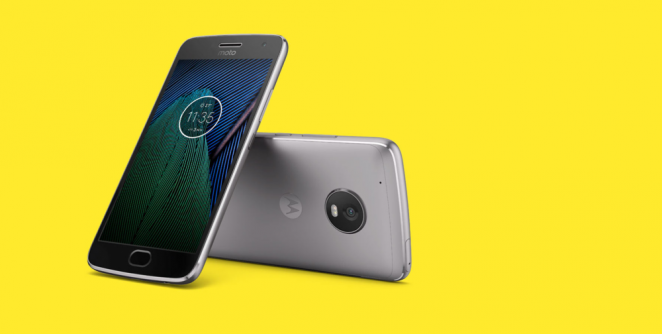
Lenovo-owned Motorola used the MWC to show off its latest budget offerings, namely the Moto G5 and G5 Plus. The Moto G line has long been a favourite backup device among those who use iOS devices primarily, and that probably isn’t changing much with these latest handsets. As is usually the case, the Moto G5 Plus packs some pretty great specs for the price point. It has a 5.2-inch display, a 3,000 mAh battery, 64 GB of storage, and a 2.0 GHz Snapdragon 625 as well as a 12 MP rear camera, which is seriously impressive given its budget status.
Huawei P10 and P10 Plus & Huawei Watch 2
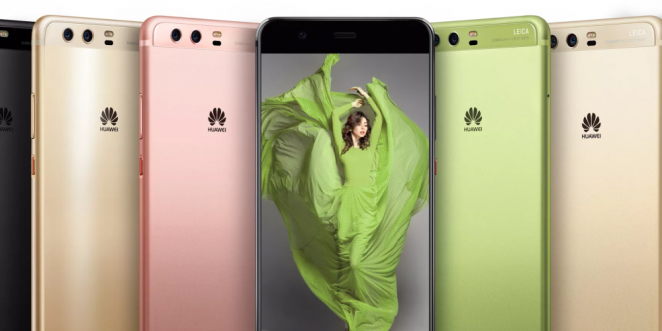
Huawei took to the stage in Barcelona to show off its new flagship Huawei P10. Besides a new palette of colours, however, the P10 is looking like more of the same from the Chinese company, featuring some great specs and a dual-camera set up that probably won’t disappoint. In the Android Wear realm, Huawei did announce something that might be somewhat more interesting. The Huawei Watch 2 and Huawei Watch 2 Classic run Google’s recently-announced Android Wear 2.0. There are two models, and the sportier model has a LTE chip to work entirely standalone, as well. They also both have NFC chips for Android Pay.
Sony XZ Premium
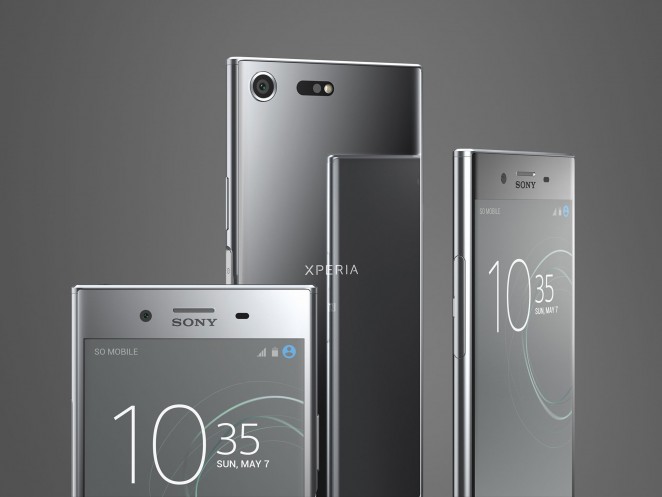
Sony's premium new phone, the aptly-named Sony XZ Premium, has a 5.5-inch screen and takes the reigns from the company's 2015 flagship device. It also boasts a 4K HDR display, advanced camera technology and an attractive glass design. The Xperia XZ Premium has what Sony describes as a “glass loop” surface, which means the glass follows all the way around the device, with metal caps on only the top and bottom. The glass is Corning Gorilla Glass 5, which can supposedly survive 1.6-metre, shoulder-height drops onto hard, rough surfaces up to 80% of the time, which could prove handy if you're a particularly violent phone owner.
Benjamin Hiorns is a freelance writer and struggling musician from Kidderminster in the UK who will be updating this article with more news from MWC 2017 as and when it drops, so keep your browsers tuned!



